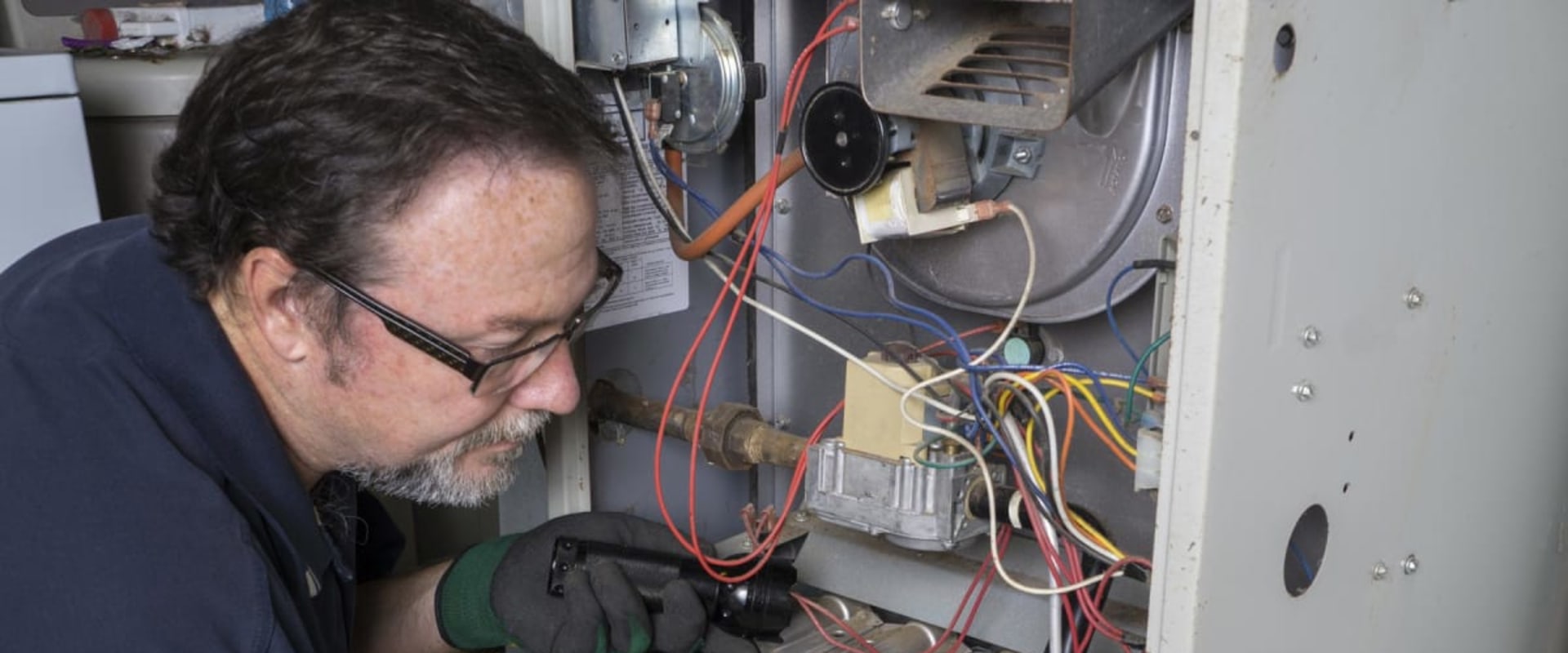Heating technology has come a long way from the days of simple pilot lights and manual thermostats. Today’s furnaces are equipped with complex sensors, circuit boards, and automated controls that deliver both comfort and efficiency. As these systems have grown more advanced, so too have the tools used to diagnose and repair them. Modern diagnostics have revolutionized furnace maintenance—allowing technicians to pinpoint issues faster, reduce downtime, and extend the lifespan of heating systems. In a world where precision and energy conservation matter more than ever, smart diagnostic tools are reshaping how technicians approach furnace repairs.
The Role of Smart Diagnostic Tools
Traditional furnace repair often involved a degree of educated guesswork. Technicians would listen for unusual sounds, test voltage manually, or rely on trial-and-error to isolate a problem. Today, however, digital multimeters, combustion analyzers, and smart sensors have replaced much of that uncertainty. These tools collect real-time data from multiple components—burners, heat exchangers, blowers, and thermostats—allowing professionals to detect inefficiencies or malfunctions before they cause major damage.
Wireless diagnostic devices are now connected to mobile apps and tablets, enabling technicians to view furnace performance metrics instantly. Some systems even feature built-in self-diagnostic capabilities, which automatically alert homeowners and service providers when a component fails or energy usage spikes. This evolution has made furnace repair more predictive than reactive, transforming it into a science of prevention rather than correction.
Speed, Accuracy, and Efficiency
One of the greatest benefits of smart diagnostics is speed. By analyzing furnace data digitally, technicians can complete repairs in a fraction of the time once required. For example, a digital manometer provides precise pressure readings that help identify gas flow issues instantly, while infrared thermometers detect temperature imbalances across heat exchangers. These advanced readings reduce human error, ensuring that every adjustment aligns with manufacturer specifications.
The result is not only faster service but also fewer return visits—saving homeowners money and reducing environmental impact. Efficient diagnostics mean fewer wasted parts, less energy consumption, and longer-lasting systems. In an era when sustainability drives much of the home improvement industry, this efficiency aligns with the growing demand for greener solutions.
Integration Across the Home
Modern furnaces are increasingly part of larger smart home ecosystems. Connected thermostats, energy monitors, and home automation systems all interact with heating units, sharing performance data and adjusting output for maximum comfort. Electricians, HVAC specialists, and even contractors in other trades collaborate to ensure that these systems work harmoniously. For instance, proper attic insulation, air sealing, and tile roofing all contribute to furnace efficiency by maintaining stable indoor temperatures and reducing workload on the system. Smart diagnostics don’t operate in isolation—they’re part of an integrated home performance strategy that combines technology and design.
Training for the Next Generation of Technicians
The rise of diagnostic technology has also transformed technician training. Today’s HVAC professionals must not only understand mechanical systems but also navigate software interfaces, cloud-based data systems, and digital calibration tools. Manufacturers now offer specialized certification programs for technicians who handle connected heating systems. This ongoing education ensures that service professionals stay ahead of evolving technologies while maintaining the highest standards of safety and efficiency.
Conclusion: The Future of Furnace Repair
Smart diagnostics have elevated furnace repair from routine maintenance to high-tech precision. By merging data analytics with mechanical expertise, technicians can now identify problems faster, repair systems more accurately, and help homeowners save on energy costs. As homes continue to evolve into interconnected, energy-efficient environments, furnace diagnostics will remain a cornerstone of reliability and sustainability. The future of heating service is intelligent, efficient, and undeniably smart—keeping comfort high and energy waste low all year round.











